
How Did Anjuna Come To Life: Anjuna Goa History
Goa is famous for its beaches and laid-back life but most tourists miss out on the rich history that this place possesses. To make sure you’re not one of those tourists, we’ve curated this blog sharing interesting insights on one of the most popular beaches of Goa, Anjuna. Often known as the “Freak Capital of the World,” it is the ideal location for lazy vacationers. Visitors revive themselves in the pleasant ambience of the lucent full moon casting a magical spell and the smooth frothy waves cuddling their feet on the beach of Anjuna. So, if you want to enjoy the true beauty of landscapes, luxury accommodations, serenity, nighttime celebrations, authentic seafood delicacies, and fashionable shopping, a vacation to Anjuna is well worth it.
About Anjuna History

Anjuna is a small settlement on the coast of the Arabian Sea in north Goa. In the 1960s, hippies frequented Anjuna Beach, a sandy cove with palm trees and black rocks. It is now notorious for its electronic trance music parties. Anjuna comes alive with its ever-famous full-moon parties and the Wednesday flea market to take one on a trance trip, aside from the calm waves of the Arabian Sea lapping softly on the Indian shore. Panaji, Goa’s capital, is 18 kilometres away.
Location
Anjuna Beach is located 18 kilometres west of Panaji and 8 kilometres west of Mapusa in North Goa. It is nestled in the Bardez taluka of North Goa, in the village of Anjuna. The beach is part of a 30-kilometre stretch of expanded beachfront along the Arabian Sea’s west coast of Goa.
Why is Anjuna Beach So Famous?
The beach is known for its gorgeous ambience of swaying palm trees and an odd rocky formation that juts out into the sea beyond a pocket of white sand and black rock. Anjuna Beach in Goa is among the pristine beaches that attract a large number of hippies from across the world.
Major Attractions of Anjuna
Wednesday Flea Market – Anjuna Flea Market in Goa is a hippie’s paradise where you may find a treasure trove of souvenirs, handicrafts, hippie clothing, and collectables for a fraction of the cost. This weekly market began in the 1960s as a means for hippie tourists to trade their distinctive wares.
Fun fact: According to legend, this market was founded in 1975 by eight-finger Eddie. Following the path across Eastern Europe, the hippies eventually arrived on the shores of Anjuna. They had also burned their passport by accident and were cash-strapped. They began selling their one-of-a-kind goods to alleviate their financial difficulties. Anjuna Flea Market has been tempting tourists and consumers to come and be enchanted by its alluring appeal since then. The market is known for its dance events, food vendors, music, and night parties. It’s one of those dreamlike places that the visitors never want to leave!
The Acid House Party – Full-moon (acid house) events are also popular at Anjuna. Thousands of vacationers have attended these events, which are held for and by young tourists. Aside from the fire, the trance party with dance, merriment, and joy lasts all night.
Water Sports – Other than parties and exciting food spots Anjuna is a famous spot for water sports. One can participate in a variety of thrilling water activities and have the time of your life. Take part in parasailing, banana boat rides, and more. The activities are carried out under the supervision of qualified guides.
Now that we’ve introduced you to Anjuna and all its specialities, it’s time to dive deeper and take a peek at the roots of this culturally colourful and exciting place on the west coast of India.
Portuguese in India

The Portuguese arrived in Goa in 1510, captured the Panjim fort with the support of the overtaxed Panjimites, and held it until it was liberated on December 19, 1961. The Dutch staged a few unsuccessful attacks, but the British East India Company preferred diplomacy with the Portuguese, who wanted to control the spice route and gained access to Goa’s port and trade.
In 1542, a group of Jesuit missionaries led by St. Francis Xavier arrived. By the middle of the 16th century, Portuguese rule had expanded beyond Old Goa to include the districts of Bardez and Salcete, and active conversions were fast spreading Christianity throughout this newly acquired colony. Goa became the most valuable Portuguese province as the Portuguese wrested sovereignty from the Turks, who controlled the trade routes across the Indian Ocean.
Portuguese Goan Society
It is unknown how many people lived in Goa before the European takeover. Over the next few decades, the first few hundred Portuguese migrants grew to a population of about 2,000 homes, including Europeans and mixed European-Indian families.
Under Portuguese dominion, the city was much like any other in India, with a fort, governor’s home, bazaars, several sectors of housing based on religion and occupation, a tangle of little twisting lanes, and one major boulevard, the Rua Direita. Churches and other European-style structures were constructed, however, the ones that exist now originate from the 17th century.
As the Portuguese attempted to convert the indigenous, Christian organisations had a strong presence in the colony. There were over 70 churches, as well as numerous monasteries and convents. Religious persecution increased after 1540, and the Inquisition arrived in Europe in 1560. As a result, temples were demolished, all Hindu ceremonies were outlawed, including marriages and cremations, and even traditional clothes and delicacies were barred.
Portuguese Culture in India
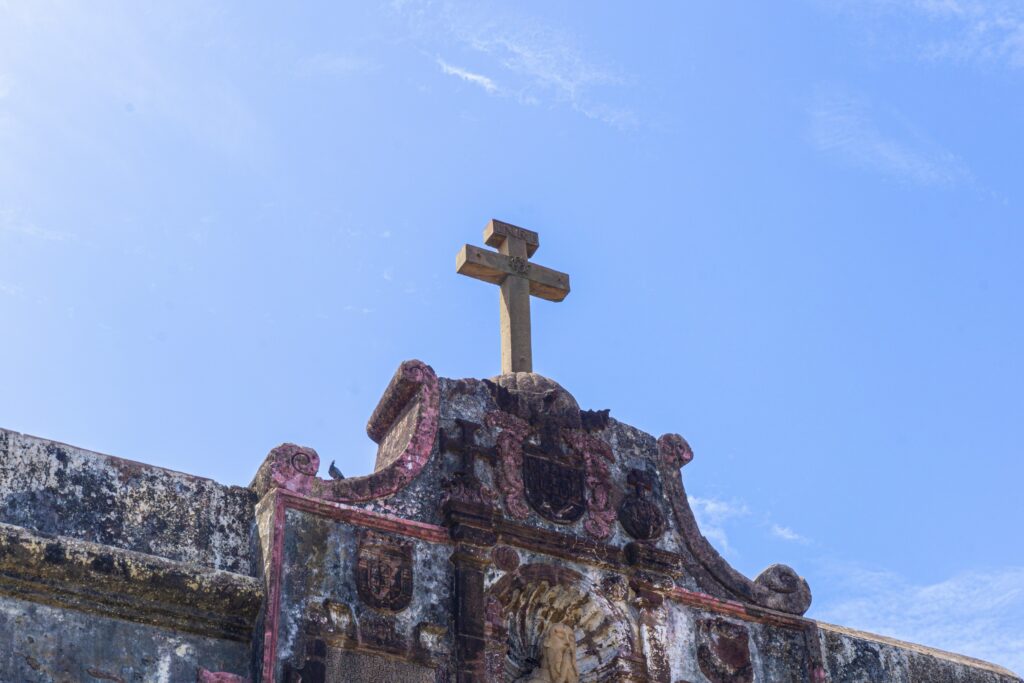
Portugal enhanced Goa in a variety of ways, the most evident of which is in its architecture. Velha Goa, the old capital, is now a UNESCO World Heritage site with churches, chapels, and convents. They are India’s only specimens of the Baroque architectural style.
Built on the foundation of earlier Konkani society, Goan culture is the result of centuries of intermixing of Europe and India. Goa evolved a distinct blend of local Konkani customs and Catholic traditions brought by Christian missionaries. Imports from the Portuguese Empire, which were dispersed around the world, were also a factor. These disparate influences melded together throughout time to create a culture that is distinctively ‘Goan.’
The culture of Goa would be incomplete without mentioning its spicy cuisine. Vasco da Gama, after all, initially travelled to India in pursuit of spices! The Portuguese, on the other hand, not only exported spices from India to Europe but also introduced new spices to India from their South American colonies. Some of them are potato, peanut, pumpkin, tomato, maize and chilli peppers which have now become an inseparable part of Indian cuisine.
Despite their differences, Goans manage to live together as a single community, speaking the same mother tongue, Konkani. The daily lives of the locals in the villages reflect this melting pot of customs and traditions, with communities participating in each other’s festivals, rituals, food, sports, theatre, dance, and music.
Goa is often stereotyped for ‘booze, party and beaches’ and many Indians fail to acknowledge Goa’s eccentric and eclectic culture that stems from a blend of different traditions.
Goa’s Gastronomy
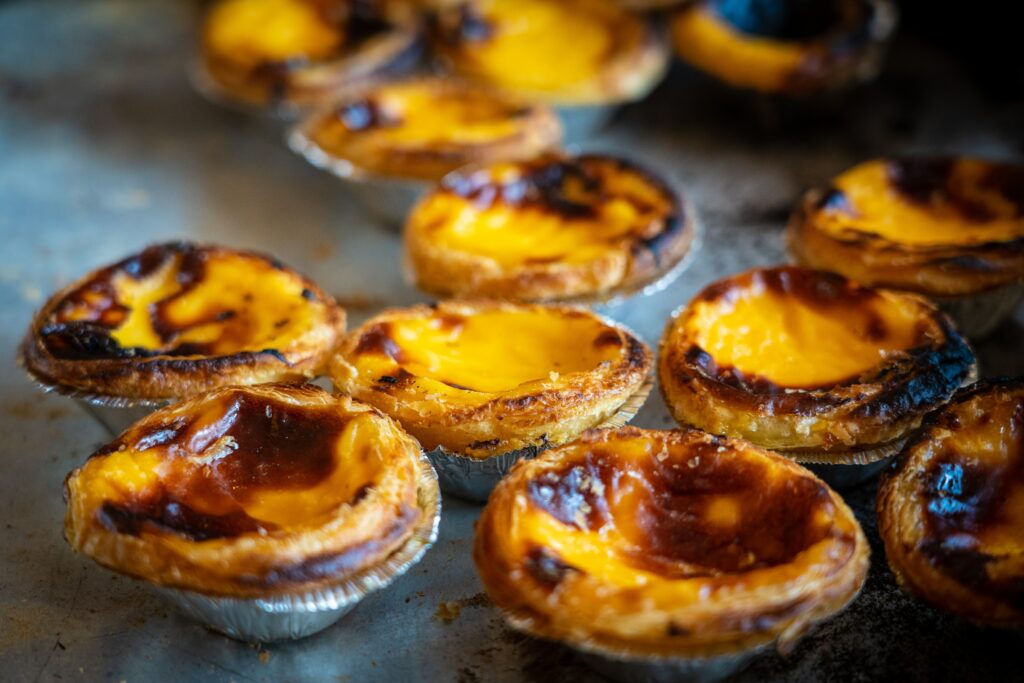
The city most influenced by the Portuguese presence was, of course, Goa, where the cuisine is known as Indo-Portuguese cuisine, as well as the cities of Damo and Diu. This gastronomy, which has been around for five centuries, is unique in that it combines parts of Portuguese cuisine with Indian culinary ingredients.
During their time in India, the Portuguese introduced new ingredients and products to Indian cuisines, such as chilli peppers, which led to the creation of curry and other spices, which are now considered an essential part of Indian cuisine, as well as traditional Portuguese dishes that have been adapted to Indian techniques and tastes.
Vindaloo is a very famed Goan dish which was derived from the Portuguese dish of “Carne de vinha de alhos”. It was modified to match the Indian tastebuds and is served by many Portuguese/Goan food places in Goa.
The confectionery incorporates features of Portuguese origin, notably conventual confectionery from Portugal. The widespread usage of eggs demonstrates this impact, as evidenced by the well-known Indo-Portuguese bebinca, made with egg yolks, sugar, cardamom, coconut milk, flour, and butter, which is served with vanilla ice cream.
Anjuna houses some of the top food places where you can delight in exquisite Goan and Portuguese cuisine. One such place is Nata Goa, a cafe that serves authentic Portuguese food.
The Hippies of India
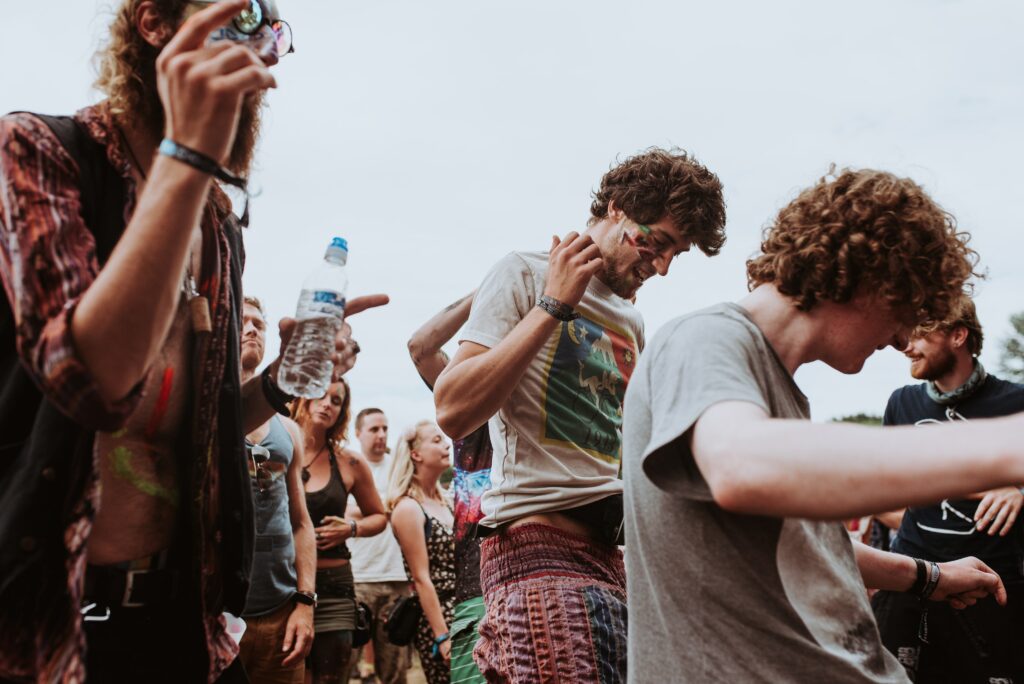
The first hippies arrived in Goa towards the end of the 1960s and spent a lot of time on the beaches of Anjuna, Vagator, and Baga, which intrigued them. The cultural isolation, beauty of the tropical environment, and spiritual atmosphere that prevailed in Goa attracted young people. They felt liberated, free of the shackles of old Europe’s orthodox morals.
Initially, Goa’s hippie tourism consisted of many groups of young people playing music and smoking marijuana around a campfire on the beach. According to an old Goan from Vagator, the inhabitants of Goa were “if not indifferent, then slightly interested” about “naked white golden-haired folks on a beach.”
Meetings and parties organised by the increasing number of hippies began to draw young people from all over the world. In the 1980s, massive full moon parties replaced small fires, psychedelic rock replaced electronic music, and hashish was replaced by opium and heroin from North India. Goa has gained notoriety as a haven for techno music lovers and fans.
However, another transition was taking place at the same time. The hippy was destined to provide a significant impetus to the growth of Goa’s tourism economy. The first luxury hotel was built in Goa in 1971. The western coast of India is progressively taking on the appearance of a huge marine resort. Direct charters from Europe have been more common since the 1990s, paving the stage for mass cheap travel.
Eight Finger Eddie
Born on 8 March 1924, Yertward Mazamanian was the first American hippie to settle in Goa. He had only 3 fingers on his right hand, hence the name ‘Eight Finger Eddie’. An immigrant of Armenian descent, he worked menial jobs before he was fired from an electrical company. Mazamanian despised the work lifestyle. He wanted to be free and spend his life doing whatever he wanted. Thus his ‘hippie life’ journey began. He lived on the edge- playing jazz music, consuming illegal drugs, performing in clubs, getting married, divorced and moving from place to place.
Eddie took a trip around India, Nepal and Iran in 1964. He finally settled at Anjuna Beach in Goa in 1966, which was then a small hamlet with numerous tea stalls and a sandy beach. To make ends meet, he opened up a soup stall for Westerners who visited Anjuna and eventually came to be known as Hippies. He also set up a flea market for the foreigners to barter their goods and make some money since they had none. Eddie loved his life here so much that he spent the rest of his life in Goa, partying, dancing and drinking. He died on 18 October 2010 and his ashes were scattered on the beach. Eddie died a legend.
Goa Brewing Co. pays tribute to the man with their IPA, Eight Finger Eddie, which is made in the style of traditional Goan brews. It’s a double dry-hopped oat cream ale with tropical fruit notes and a smooth, richer mouthfeel and creamy finish thanks to the oats. It has a velvety finish with a tinge of bitterness from the hops.
Anjuna Village
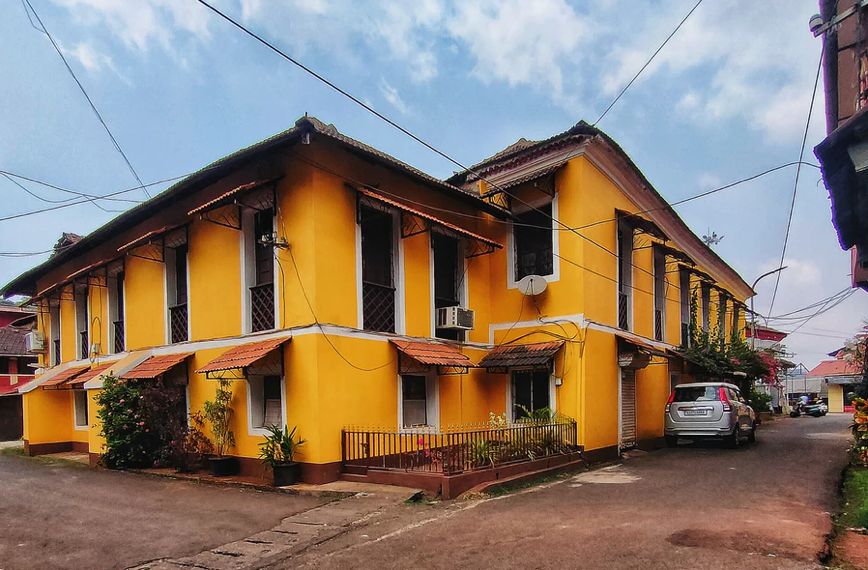
Anjuna village is in North Goa, India, on the coast. It is a Census Town and one of Bardez’s twelve Brahmin communities. Anjuna, like the rest of Goa, was long colonized by the Portuguese. According to historian Teresa Albuquerque, the village’s name comes from the Arabic term ‘Hanjuman’ (meaning merchant guild). Others claim it is derived from an Arabic term meaning “change,” as people arriving from the sea needed to exchange money.
Hippies discovered it in the 1960s, it became a popular destination for backpackers and trance party goers, and it has recently become a favourite destination for young Indians from big cities.
Anjuna’s Beloved Beach
Anjuna beach, located between Ozran beach, also known as Little Vagator beach, and Baga beach in the north, is one of Goa’s most popular beaches. Anjuna Beach was Goa’s first and most well-known beach. For many international visitors, this beach has become a popular location. Anjuna Beach, on the other hand, is a popular tourist destination in India. This beach is well-known among European tourists and visitors who plan to stay for a long time. Anjuna Beach is also popular with tourists who wish to witness a stunning sunset. October to March is the ideal time to go experience all that Anjuna has to offer.
Which is the Best Beach?
Each beach in Goa has its own unique character, and the one you choose will be determined by your preferences for a beach trip.
Anjuna or Vagator are wonderful options if you’re looking for a party beach. If you want to witness some fantastic sunsets, go to Ozran, and if you want to see some amazing natural scenery, go to Arambol.
Although, it’s important to note that Vagator’s seas are rougher than those found on several of North Goa’s other beaches, making them unsuitable for swimming.
Places to Stay in Anjuna
Anjuna is loaded with some of the most luxurious hotels that specialise in diverse cuisines and impeccable service. Take a look at these places in the heart of Anjuna the next time you’re planning a trip to Goa.
Summary
With limitless options for exploration and entertainment paired with a vast history, Anjuna Goa makes for the perfect vacation spot for all kinds of tourists. There’s history, art, music, adventure, culture- the list goes on and on. No wonder this place is beaming with tourists from all over the world! Now that you’re aware of how Anjuna came to life, you’re all set to discover and enjoy Goa in its entirety!
Happy Vacationing!
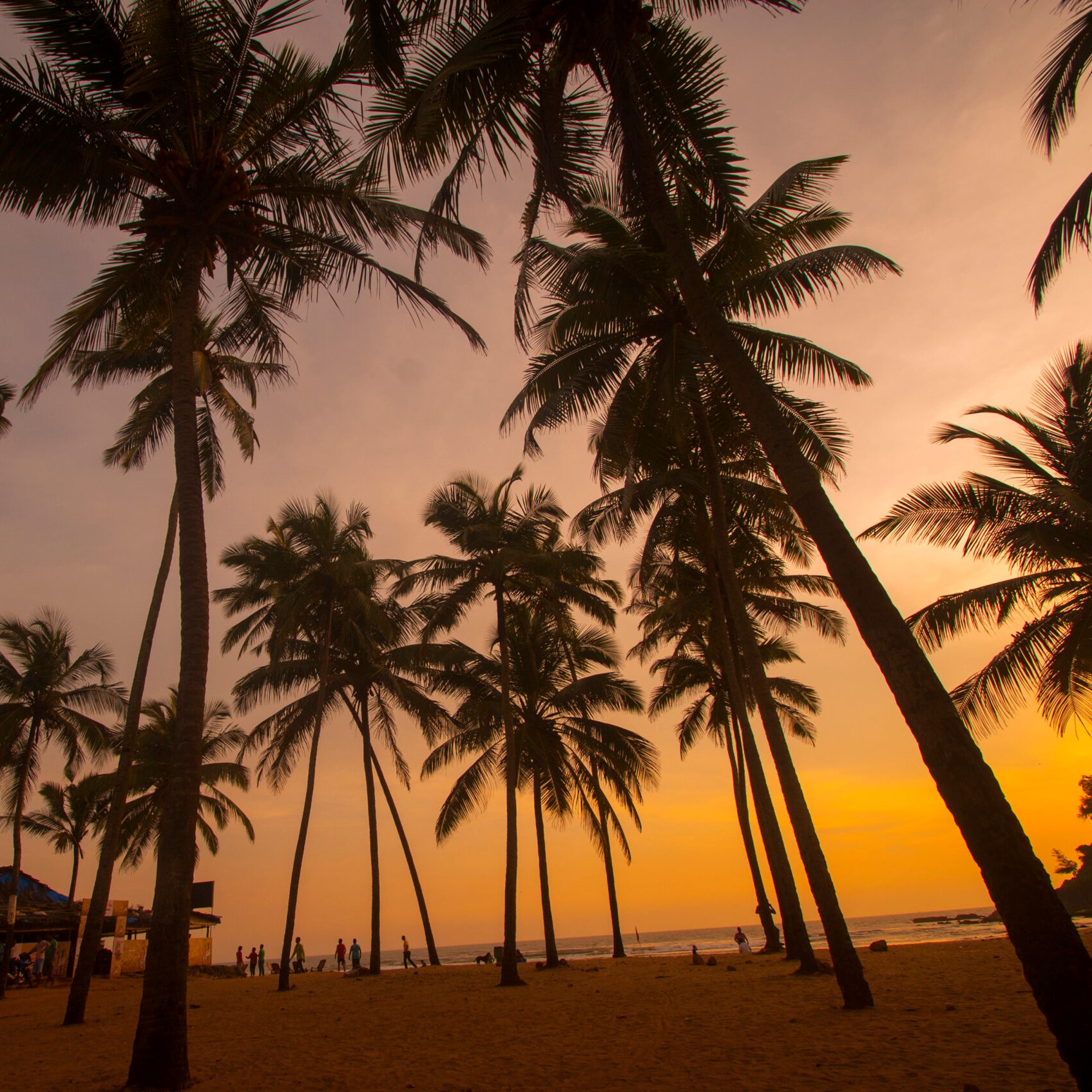
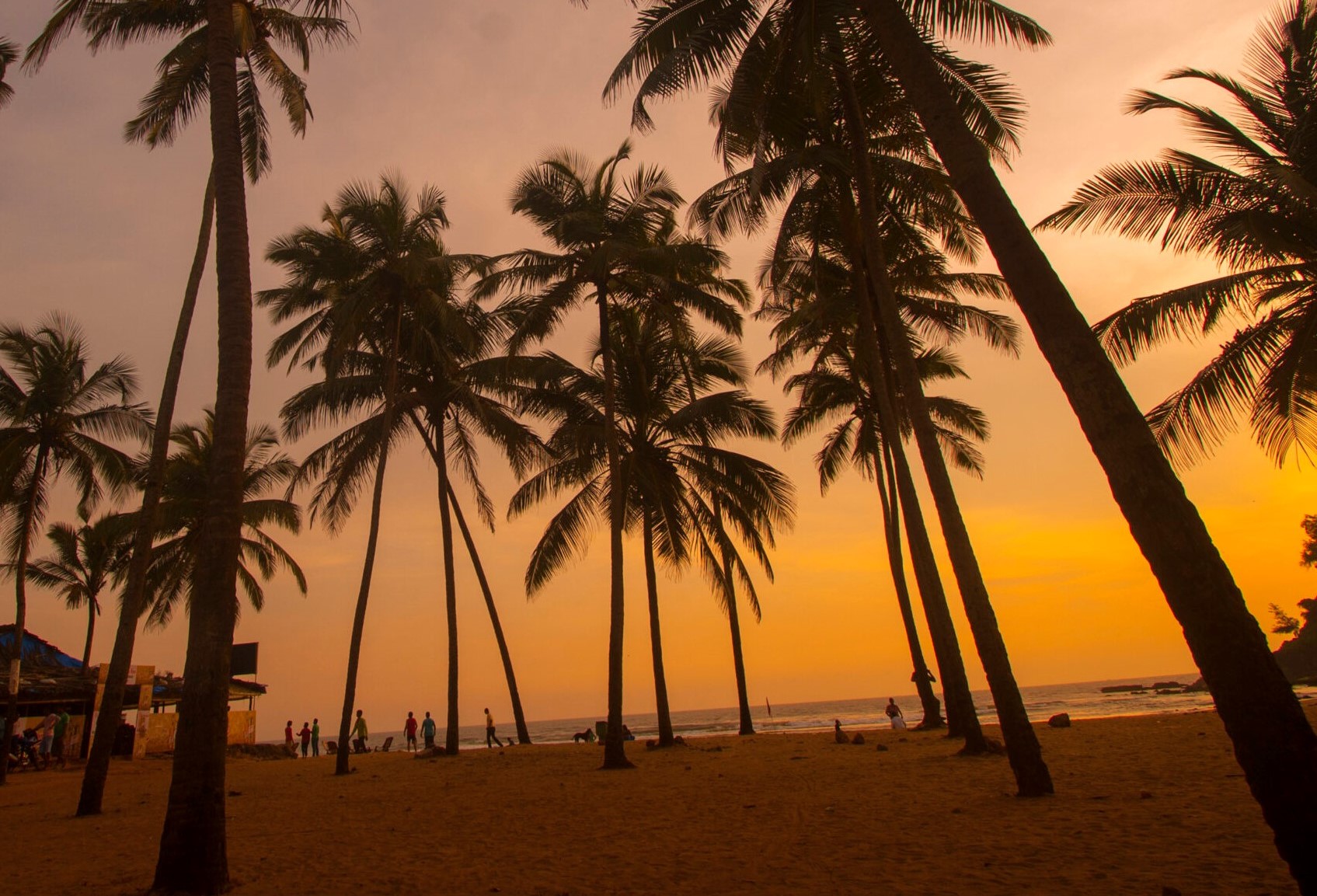
Leave a Reply